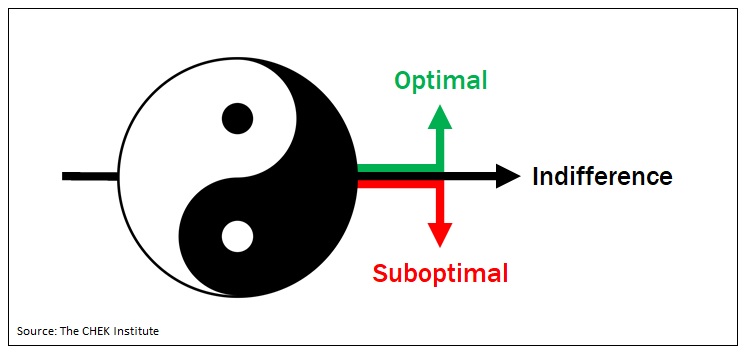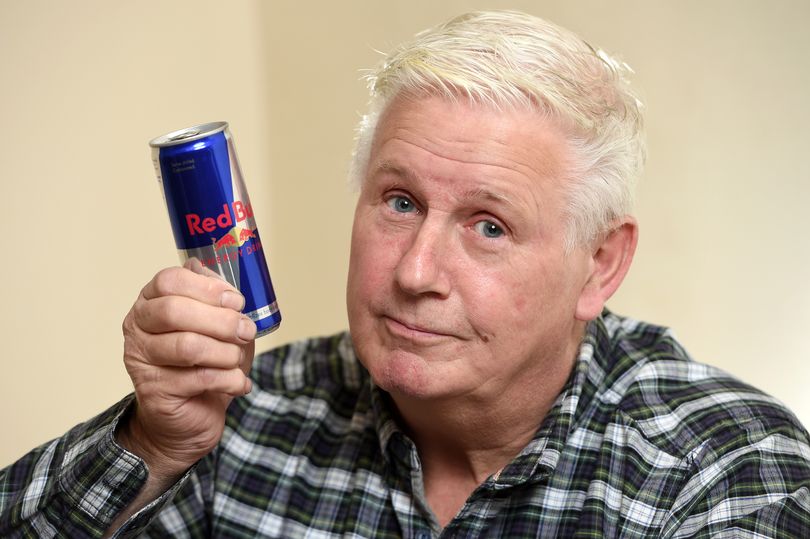You’re driving home late at night and notice that you’re nodding off at the wheel and momentarily, for a split second, you close your eyes and notice the car veering over to the other side of the road, almost causing an accident. You wake up with a start and pull over into the service station. You know you’re very tired but you really want to get home. What should you do?
You have 3 choices:
- The optimal choice: for example take a 20-minute break, have a nap or meditate to rejuvenate your mental faculties.
- The suboptimal choice: grab an espresso or a Red Bull from the service station
- The do-nothing choice: ignore your tiredness, keep driving, and keep your fingers crossed that you don’t have an accident
As you can clearly see the do-nothing choice is the worst case scenario in this case but lets be clear; it is a definitive choice. The choice to do nothing, whether that decision is conscious or unconscious.

When faced with challenging situations in our lives it helps, before making a decision, to categorise our potential action into 3 choices.
The first is the optimal choice. This is the decision that best serves us, our values, and everyone that matters to us. It may not be the easiest, but it's the best.
The second is the sub-optimal choice. It may be seen as a positive decision but it may not be the most beneficial for us and may not work for everyone on our dream team, i.e. our spouse, children, parents and close friends. It often provides more instant gratification than an optimal choice.
The third is the do-nothing choice. This is where we make no decision at all and continue with what we’ve always done. It’s normally the least favourable decision for us and everyone around us and involves apathy and indifference. The exception is when you need more information to help you decide.

These choices you make all day every day both consciously and subconsciously. Often we frequently make subconscious choices that are detrimental to us over and over again because of our "default" programming even if we desire a different outcome. We desire weight loss but we make suboptimal food choices or do nothing at all. We desire a better relationship with our colleagues but we send a curt email rather than walking over to them and having a conversation. We desire greater mental peace but do nothing to take action to make us feel better, or maybe we make suboptimal choices instead that only provide temporary relief - alcohol for example.

Lets look at this from a health perspective. Lets say that you’re overweight, not sleeping well, had some unpleasant test reports back from the doctors and he’s told you to clean up your act. What could you do?
Choice 1: ignore him, continue living the way you’ve been living, do-nothing different, and watch your health deteriorate until the next trip to the doctors which leads to an even bigger wake up call.
Choice 2: take some medical drugs or supplements and maybe throw in the odd morning jog every now and then. A better choice than do-nothing, it’s good to take action, but suboptimal.
Choice 3: start slowing introducing nutrient dense foods into your diet and replacing the non-supportive foods, look for an exercise plan or sport that you enjoy to get more movement into your life, work on sleep hacks and stress management. The optimal choice.
The key to making any kind of positive change in your life is to know your values and to become aware of the choices you're making. Everything starts with awareness. Combined with understanding of the principals of the 3 choices you can now frame decisions in a way that will really help steer you to making better choices in future moving from do-nothing -> suboptional -> optimal.
To your health, happiness and longevity,
The Levitise Team
P.S. If you love this blog post then do check out our fortnightly newsletter where you'll get the freshest content on health, nutrition and fitness delivered straight to your inbox. Don't miss out and sign up here with just your name and email.

Write a comment